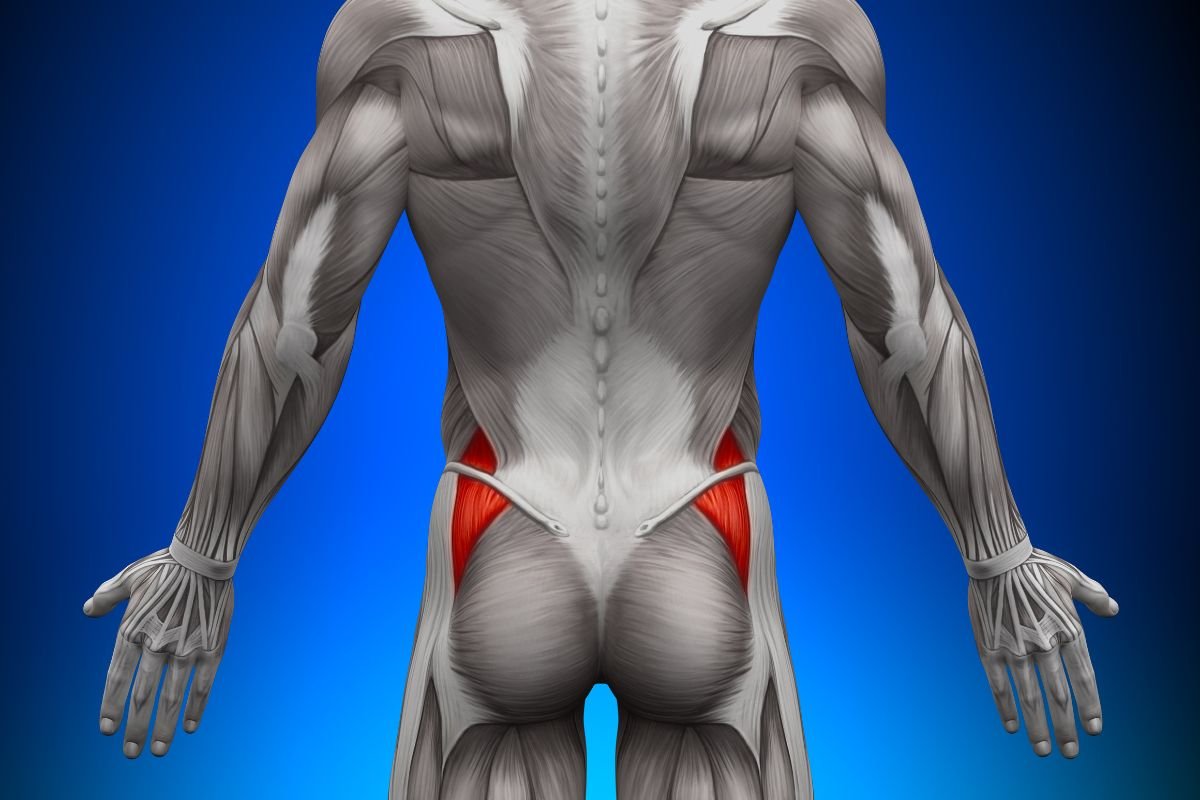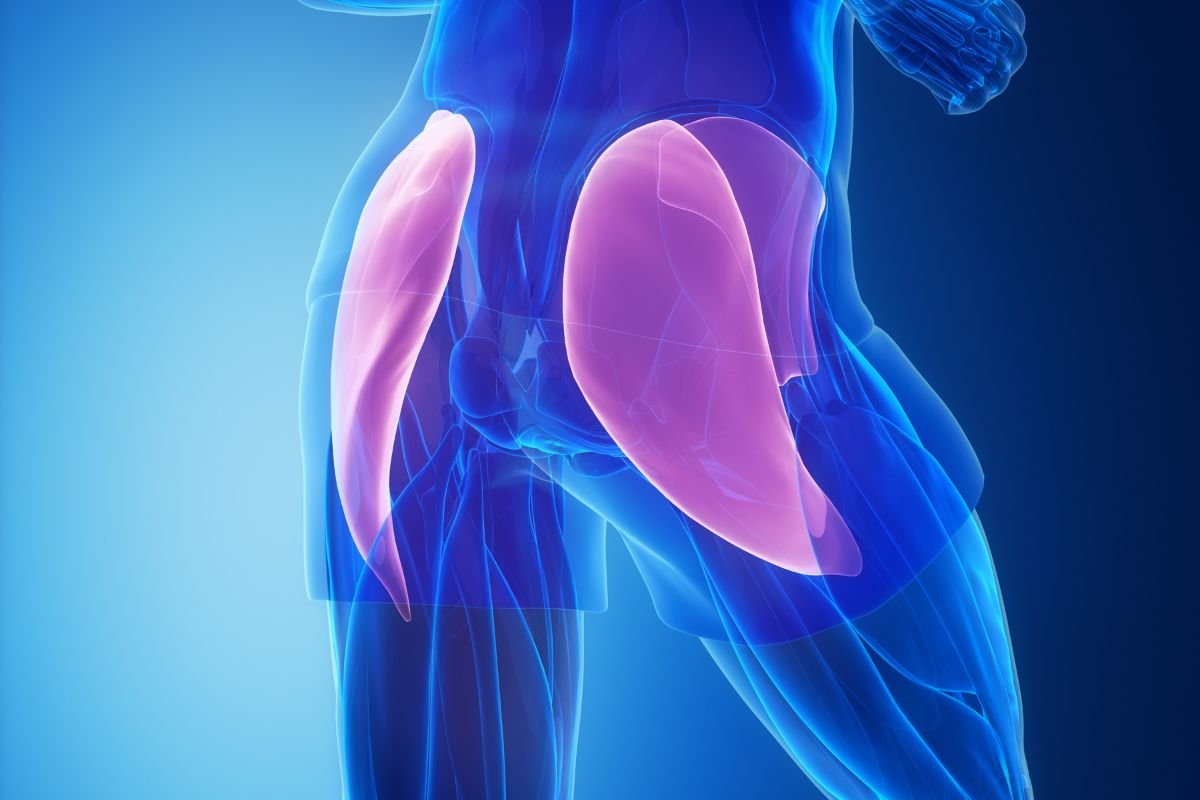Gluteus medius pain is a common issue that affects a significant portion of the population, particularly those who are active in sports or lead physically demanding lifestyles. The gluteus medius is one of the primary muscles responsible for stabilizing the pelvis and aiding in movements such as walking, running, and climbing stairs. When this muscle becomes strained or injured, it can lead to pain and discomfort that can impact daily activities and overall quality of life. In this article, we will explore the causes, symptoms, and treatments for gluteus medius pain, providing a comprehensive guide for those seeking relief and prevention strategies.
Anatomy of the Gluteus Medius
The gluteus medius is one of the three gluteal muscles located in the buttock region, alongside the gluteus maximus and gluteus minimus. It originates from the outer surface of the ilium (the upper part of the pelvic bone) and inserts into the lateral aspect of the greater trochanter of the femur (the bony prominence on the upper thigh bone). The primary functions of the gluteus medius include hip abduction (moving the leg away from the body’s midline), internal and external rotation of the thigh, and stabilization of the pelvis during weight-bearing activities.
Causes of Gluteus Medius Pain
This can arise from various factors, including:
1. Overuse Injuries
Repetitive activities such as running, cycling, and prolonged standing can lead to overuse injuries in the gluteus medius. These activities place continuous stress on the muscle, leading to inflammation and micro-tears in the muscle fibers.
2. Muscle Imbalances

Muscle imbalances, particularly between the gluteal muscles and the surrounding hip and thigh muscles, can cause gluteus medius pain. Weakness or tightness in the gluteus medius compared to the gluteus maximus or hip flexors can result in altered movement patterns and increased strain on the muscle.
3. Poor Posture and Biomechanics
Poor posture and faulty biomechanics during activities such as walking or running can contribute to gluteus medius pain. Incorrect alignment of the pelvis and lower extremities can place undue stress on the gluteus medius, leading to pain and dysfunction.
4. Direct Trauma
Direct trauma to the gluteus medius, such as a fall or impact during sports, can result in muscle strain or contusion. This type of injury can cause immediate pain and swelling in the affected area.
5. Degenerative Conditions
Degenerative conditions such as osteoarthritis and tendinopathy can affect the gluteus medius tendon, leading to pain and inflammation. These conditions are more common in older adults and can result from wear and tear over time.
Symptoms of Gluteus Medius Pain
This pain can present with various symptoms, depending on the severity and underlying cause of the condition. Common symptoms include:
1. Localized Pain
Pain is typically felt on the outer aspect of the hip and buttock region. The pain may be sharp, dull, or aching, and can vary in intensity.
2. Tenderness
The affected area may be tender to touch, with increased sensitivity over the gluteus medius muscle and tendon.
3. Pain with Movement
Pain may be exacerbated by activities that involve hip movement, such as walking, running, climbing stairs, or getting up from a seated position.
4. Weakness

Weakness in the gluteus medius muscle can result in difficulty performing activities that require hip abduction and stabilization. This can lead to compensatory movements and increased strain on other muscles.
5. Altered Gait
Individuals with gluteus medius pain may develop an altered gait pattern, such as a limp or a Trendelenburg gait, where the pelvis drops on the opposite side during walking.
Diagnosis of Gluteus Medius Pain
Accurate diagnosis of gluteus medius pain involves a thorough clinical examination and, in some cases, imaging studies. Key diagnostic steps include:
1. Medical History
A detailed medical history helps identify potential causes of gluteus medius pain, including recent activities, previous injuries, and underlying medical conditions.
2. Physical Examination
A physical examination assesses the range of motion, strength, and tenderness of the hip and gluteal region. Specific tests, such as the Trendelenburg test, may be performed to evaluate gluteus medius function.
3. Imaging Studies
Imaging studies, such as X-rays, MRI, or ultrasound, may be ordered to assess the integrity of the gluteus medius muscle and tendon, as well as to rule out other potential causes of hip pain.
Treatment of Gluteus Medius Pain
Treatment for gluteus medius pain focuses on relieving pain, reducing inflammation, and promoting healing and strengthening of the muscle. Common treatment options include:
1. Rest and Activity Modification
Rest and avoiding activities that exacerbate pain are essential for allowing the muscle to heal. Modifying activities to reduce stress on the gluteus medius can help prevent further injury.
2. Physical Therapy
Physical therapy is a cornerstone of treatment for gluteus medius pain. A physical therapist can design a personalized exercise program to improve strength, flexibility, and biomechanics. Key exercises may include:
- Hip Abduction Exercises: Strengthening exercises that target the gluteus medius, such as side-lying leg lifts and resistance band exercises.
- Stretching Exercises: Stretching the hip flexors, hamstrings, and IT band to reduce muscle imbalances and improve flexibility.
- Core Strengthening: Core strengthening exercises to enhance pelvic stability and support the gluteus medius.
3. Pain Management
Pain management strategies may include:
- Ice and Heat Therapy: Applying ice to reduce inflammation and heat to relax muscles and improve blood flow.
- Nonsteroidal Anti-Inflammatory Drugs (NSAIDs): Over-the-counter NSAIDs, such as ibuprofen, can help reduce pain and inflammation.
4. Manual Therapy
Manual therapy techniques, such as massage, myofascial release, and trigger point therapy, can help alleviate muscle tension and improve blood flow to the affected area.
5. Corticosteroid Injections
In cases of severe pain and inflammation, corticosteroid injections may be administered to reduce inflammation and provide temporary relief.
6. Surgical Intervention
Surgical intervention is rarely required for gluteus medius pain but may be considered in cases of severe tendon tears or degenerative conditions that do not respond to conservative treatment.
Prevention of Gluteus Medius Pain
Preventing gluteus medius pain involves maintaining good hip and pelvic stability, proper biomechanics, and overall muscle balance. Key preventive measures include:
1. Regular Exercise

Engaging in regular exercise that includes strength training, stretching, and cardiovascular activities can help maintain muscle balance and prevent overuse injuries.
2. Proper Warm-Up and Cool-Down
Incorporating proper warm-up and cool-down routines before and after physical activities can help prepare the muscles for activity and reduce the risk of injury.
3. Ergonomic Adjustments
Making ergonomic adjustments in daily activities, such as using proper posture while sitting and lifting, can reduce strain on the gluteus medius.
4. Gradual Progression
Gradually increasing the intensity and duration of physical activities can help prevent overuse injuries and allow the muscles to adapt to increased demands.
5. Footwear and Orthotics
Wearing appropriate footwear and using orthotic devices can help maintain proper alignment of the lower extremities and reduce strain on the gluteus medius.
Conclusion
Gluteus medius pain can significantly impact daily activities and overall quality of life. Understanding the causes, symptoms, and treatment options for gluteus medius pain is essential for effective management and prevention. By incorporating regular exercise, proper biomechanics, and preventive measures into daily routines, individuals can reduce the risk of gluteus medius pain and maintain optimal hip and pelvic stability. If you experience persistent or severe gluteus medius pain, it is important to seek medical evaluation and treatment to address the underlying cause and prevent further complications.








